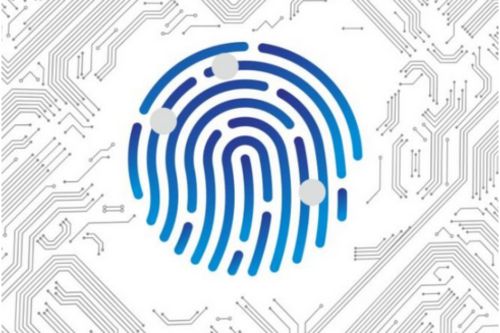Fingerprint Browser: What Causes Social Media Account Linking? How Can It Be Prevented?
Social media is not only a platform for communication and sharing but also an important tool for businesses and individuals to promote their products and services. As the demand for multi-account management continues to grow, how to avoid social media platforms from detecting and linking multiple accounts has become a pressing issue. This article will detail the reasons for social media account linking and provide effective prevention strategies.
Common Causes of Social Media Account Linking
- IP Address and Network Environment: Multiple accounts logging in from the same IP address or network environment are easily identified by the platform as linked accounts.
- Cookies and Browser Cache: Social platforms track user behavior through cookies. If multiple accounts share the same browser cookies and cache, they might be linked.
- Device Fingerprinting: Social media websites collect hardware and software information from the logged-in device to generate a unique identifier. If multiple accounts are logged in from the same device, they might be identified as linked.
- Interaction Between Accounts: Frequent interactions such as likes, comments, or shares, especially within the same group, may be considered evidence of account linking.
- Similar Account Information: Using similar registration details such as email addresses, phone numbers, or similar account settings like usernames and avatars could be a clue for linking accounts.
- Login Time and Activity Patterns: If multiple accounts are active during similar timeframes and exhibit consistent behavior patterns, they could be considered linked.
- Geolocation: Frequent logins from the same geographical location, even if using different IP addresses, could draw the platform’s attention.
- Language and Input Habits: Similar writing styles and input habits may be analyzed to determine if accounts are linked.
- Content Posting and Interaction Patterns: Posting similar or duplicate content, or interacting on the same posts, could imply a connection between accounts.
- Advertising and Marketing Activities: Promoting the same products or services, especially when advertising campaigns are similarly configured, could lead to accounts being considered linked.
- Payment Information: Using the same or similar payment methods and details for transactions is another common indicator of linked accounts.
Preventing Social Media Account Linking
Avoiding account linking is crucial, especially for businesses that manage multiple accounts. Factors like IP addresses, cookies, device fingerprints, account interactions, and content similarities can all contribute to account linking. Additionally, login times, geographical locations, language habits, and similar advertising activities are also key indicators of linked accounts.
To effectively prevent account linking, consider the following strategies:
First, you can configure a different IP address for each account using overseas proxy IPs, reducing the risk of IP-based linking. However, if multiple accounts log in from the same device, shared device information may still result in account linking. In this case, using a professional fingerprint browser like CtrlFire can help. CtrlFire allows you to manage and modify device fingerprint information, creating a unique browsing environment for each account, further isolating them from one another. It also lets you assign an independent proxy IP to each browser window, providing a dual layer of environmental isolation.
Additionally, it is crucial to limit direct interactions between different accounts. Avoid frequent interactions on the same posts and minimize similarities in likes, comments, or shares to significantly reduce the risk of account linking. Using entirely different information when registering accounts, such as email addresses, phone numbers, and profile settings, is also an effective way to prevent linking.
By adopting these strategies, users can not only maintain the independence of their accounts but also effectively avoid the risks associated with account linking, such as being banned. These measures are especially important for business users who aim for long-term, stable growth on social media platforms.
Recommended Fingerprint Browser: CtrlFire Anti-Detection Browser
The CtrlFire Anti-Detection Browser helps users manage each account’s browsing environment and automates operations to drive business growth, while protecting account security and avoiding bans due to account linking. Even when operating multiple accounts on the same physical device, CtrlFire can make the platform believe these accounts are coming from different devices. Moreover, CtrlFire supports custom device fingerprinting, allowing users to adjust settings according to their needs, offering more flexibility in handling various anti-linking challenges.
Click to download the product now and experience the powerful features and convenience of the CtrlFire Anti-Detection Browser.





